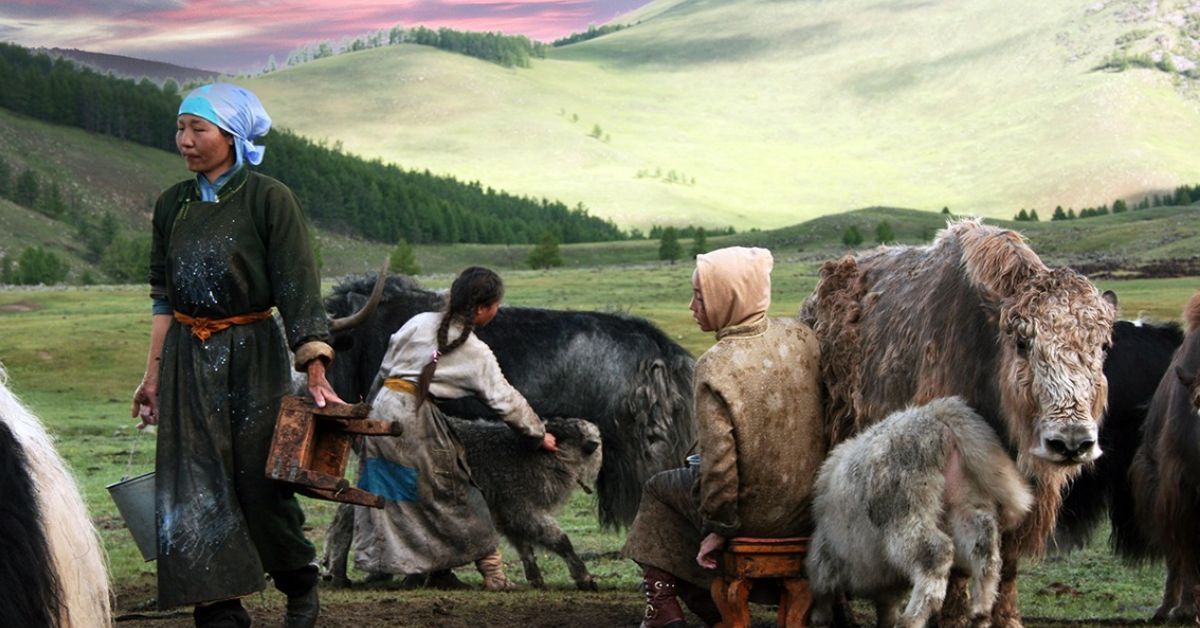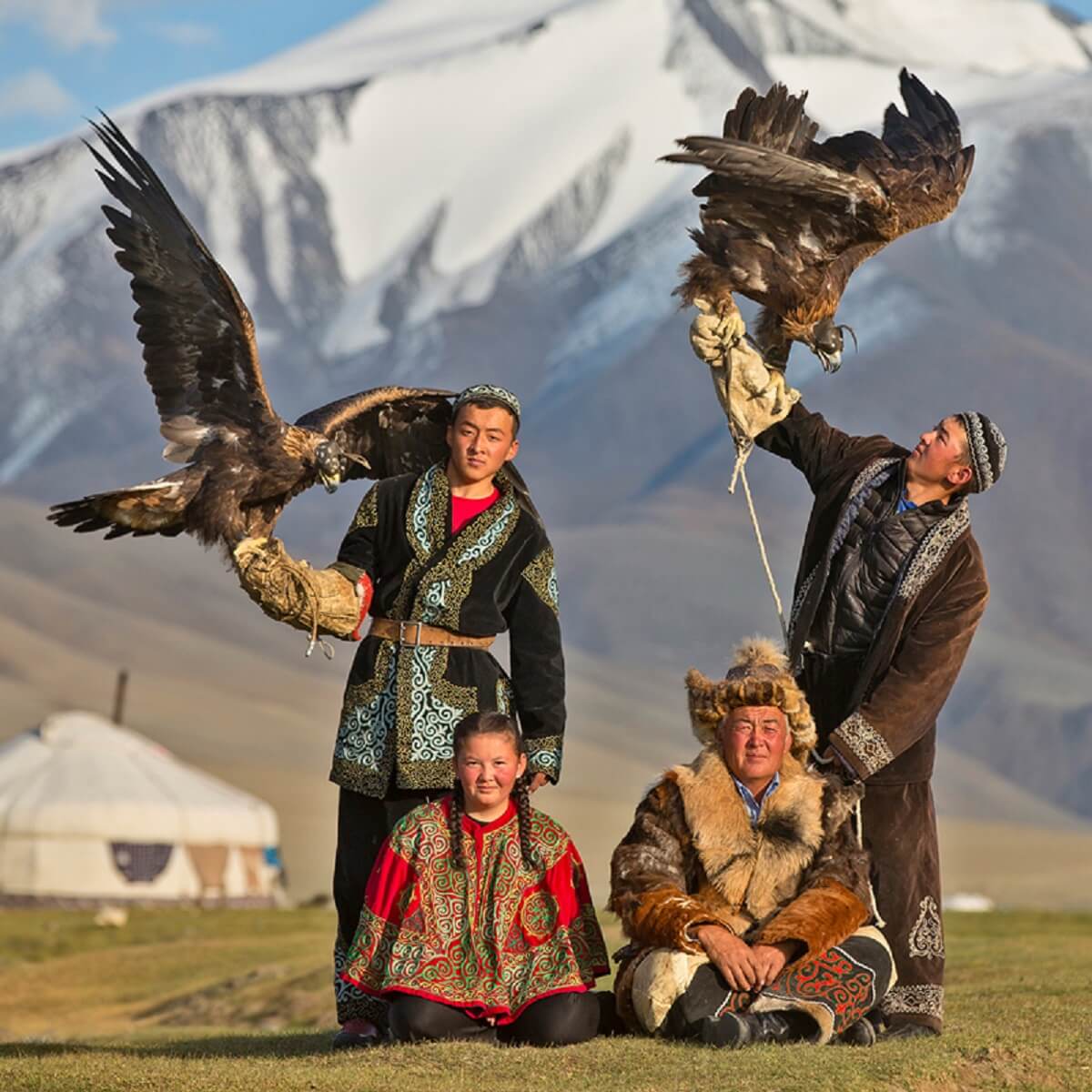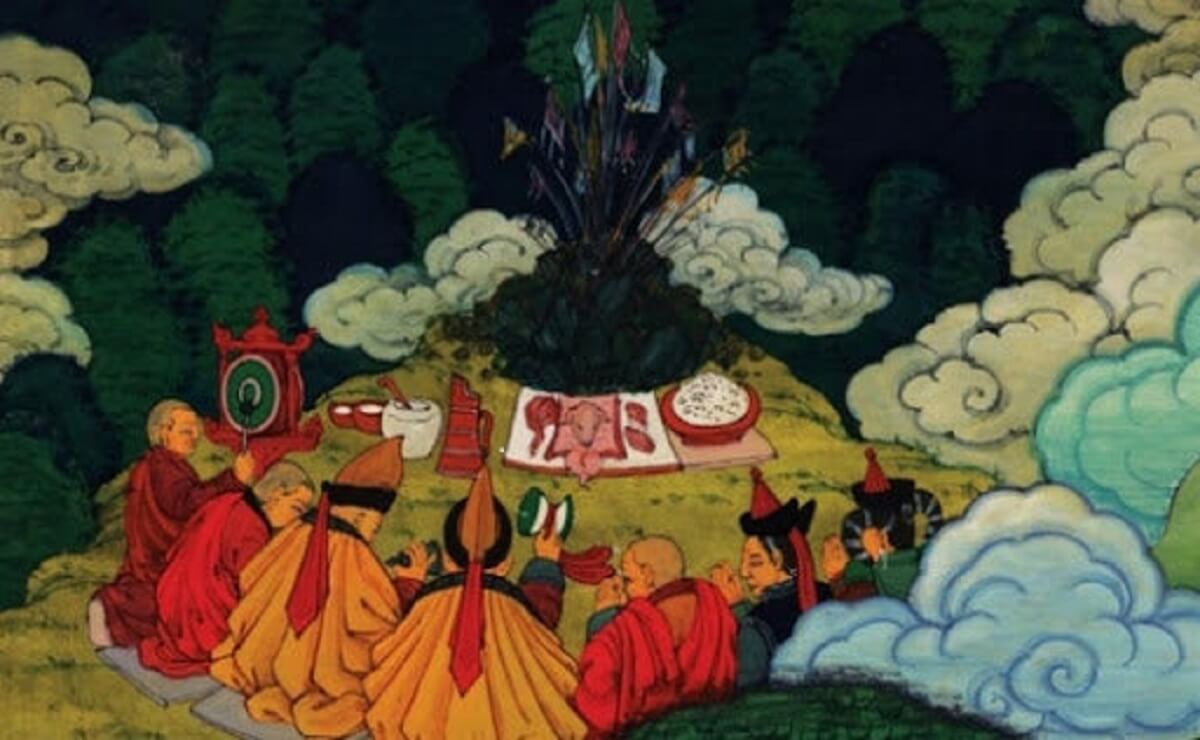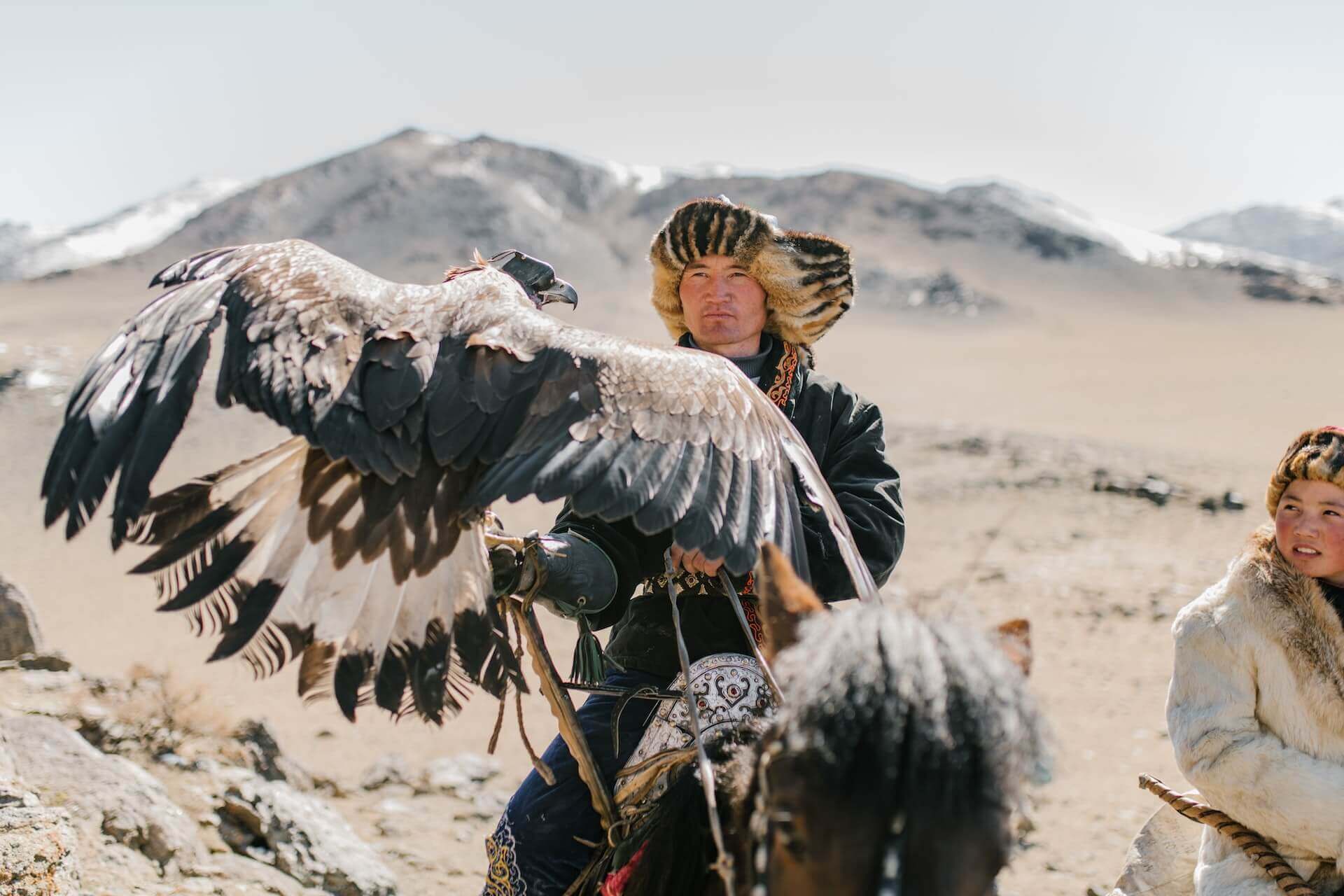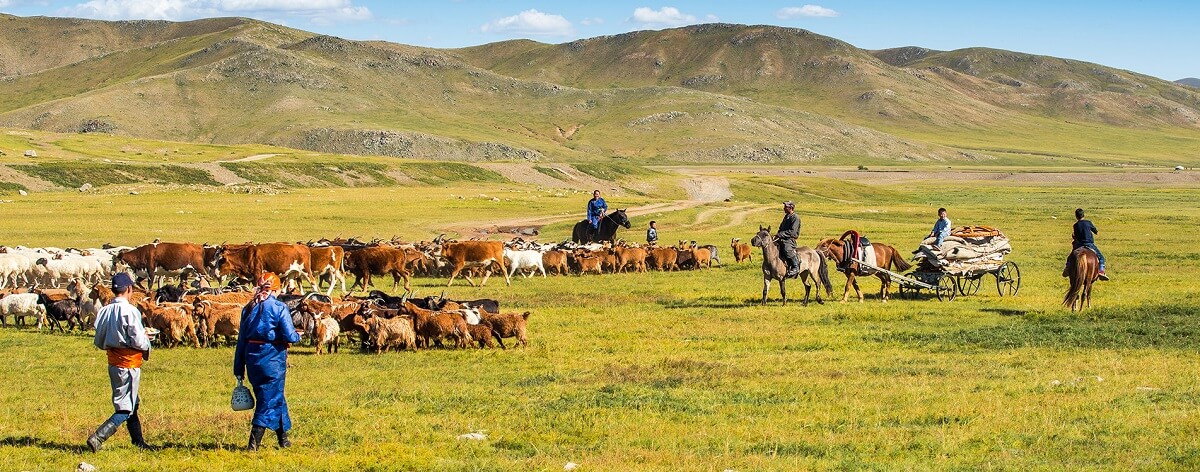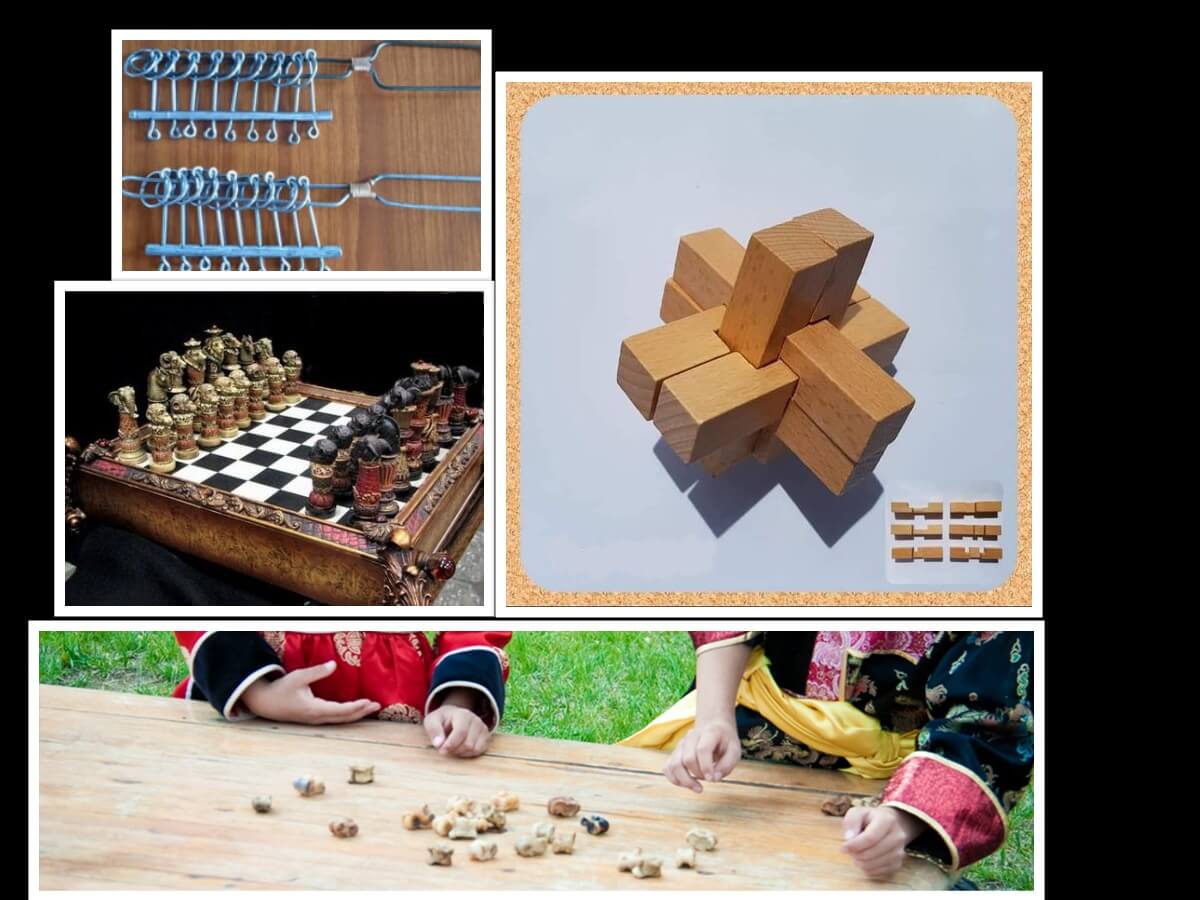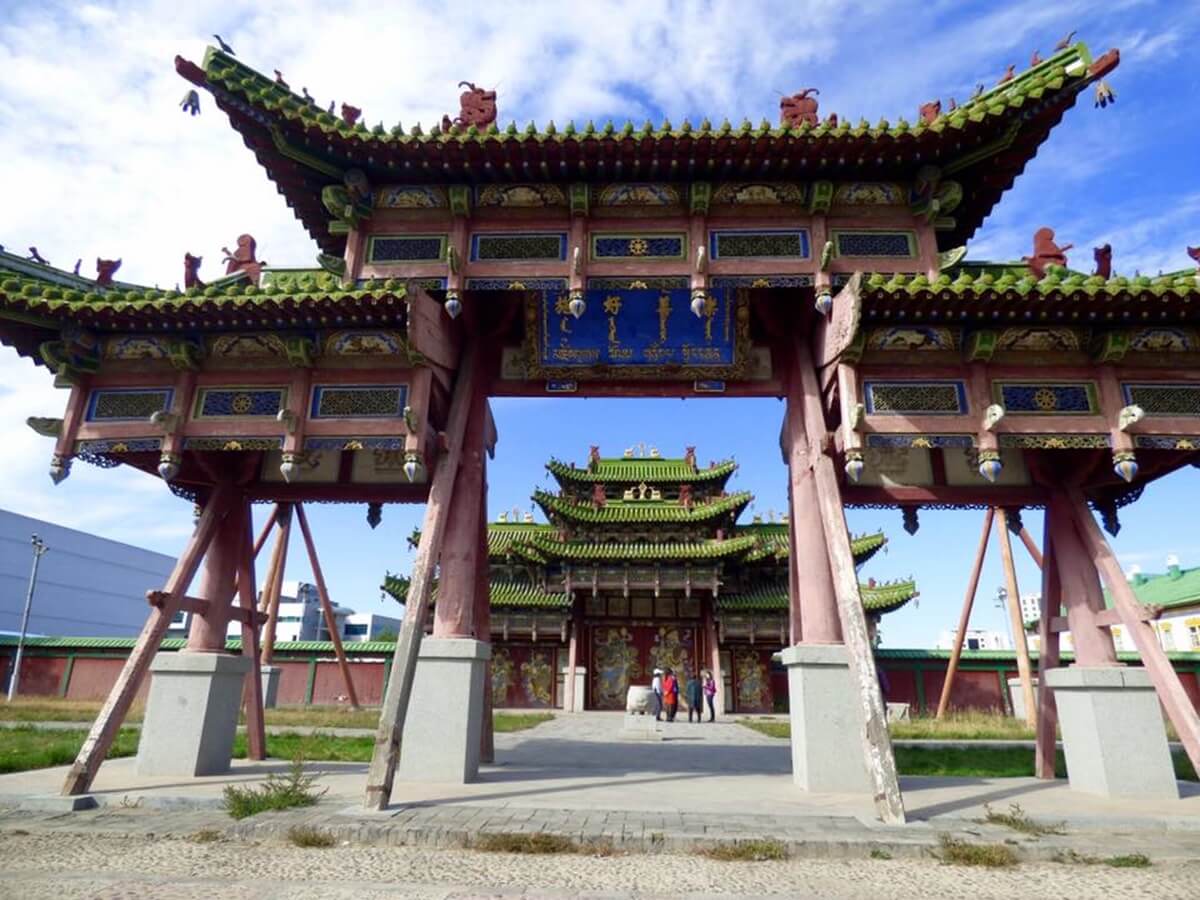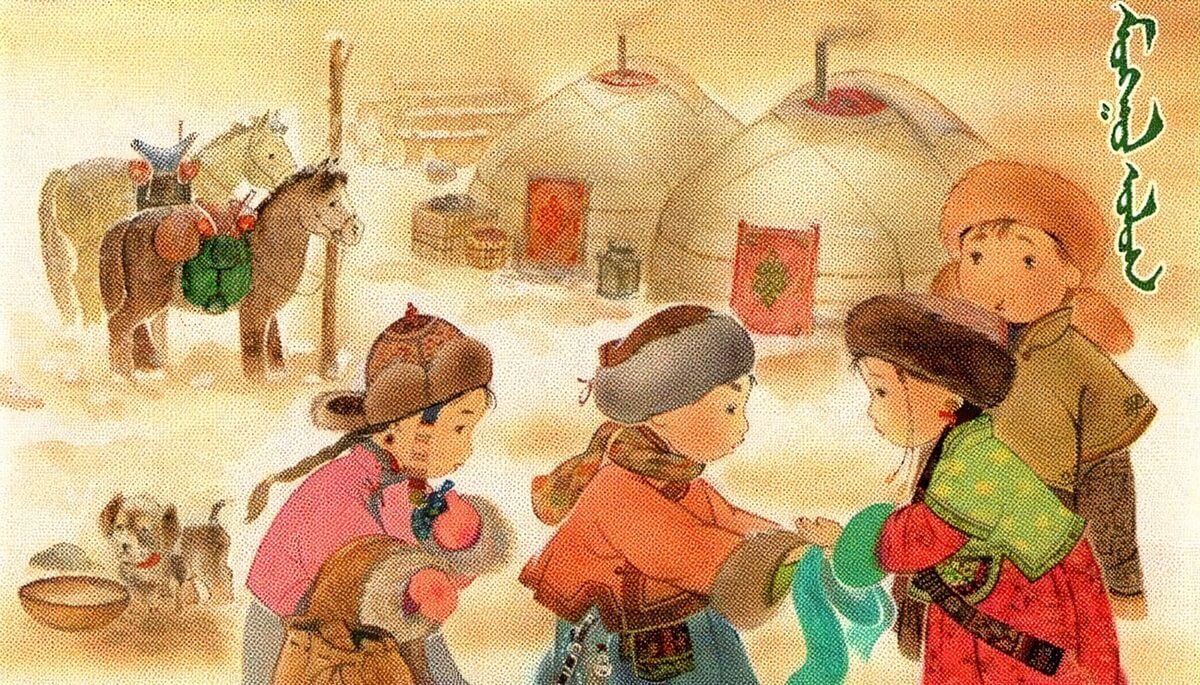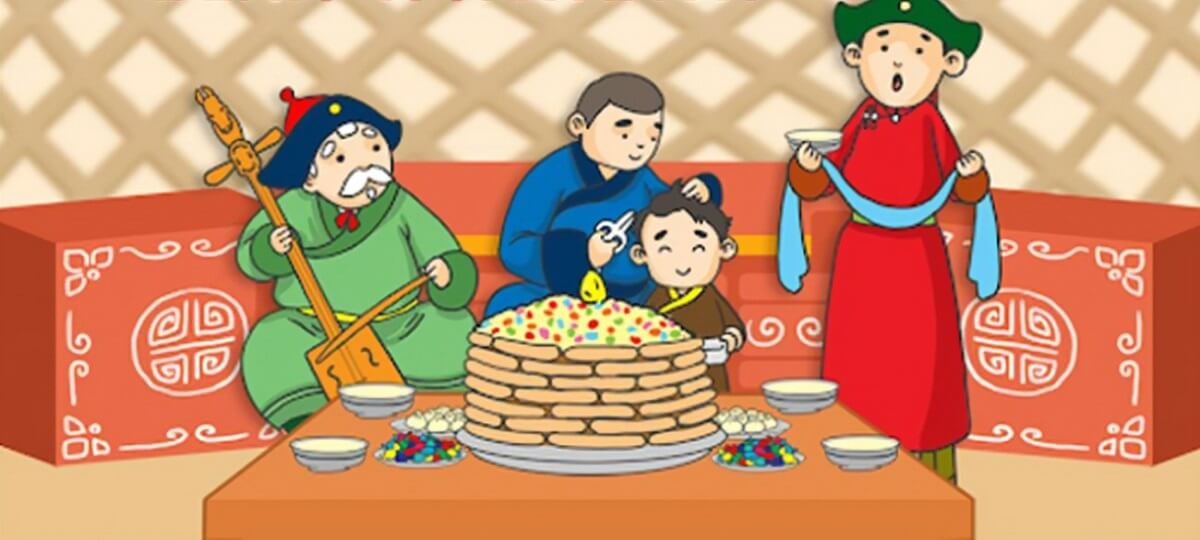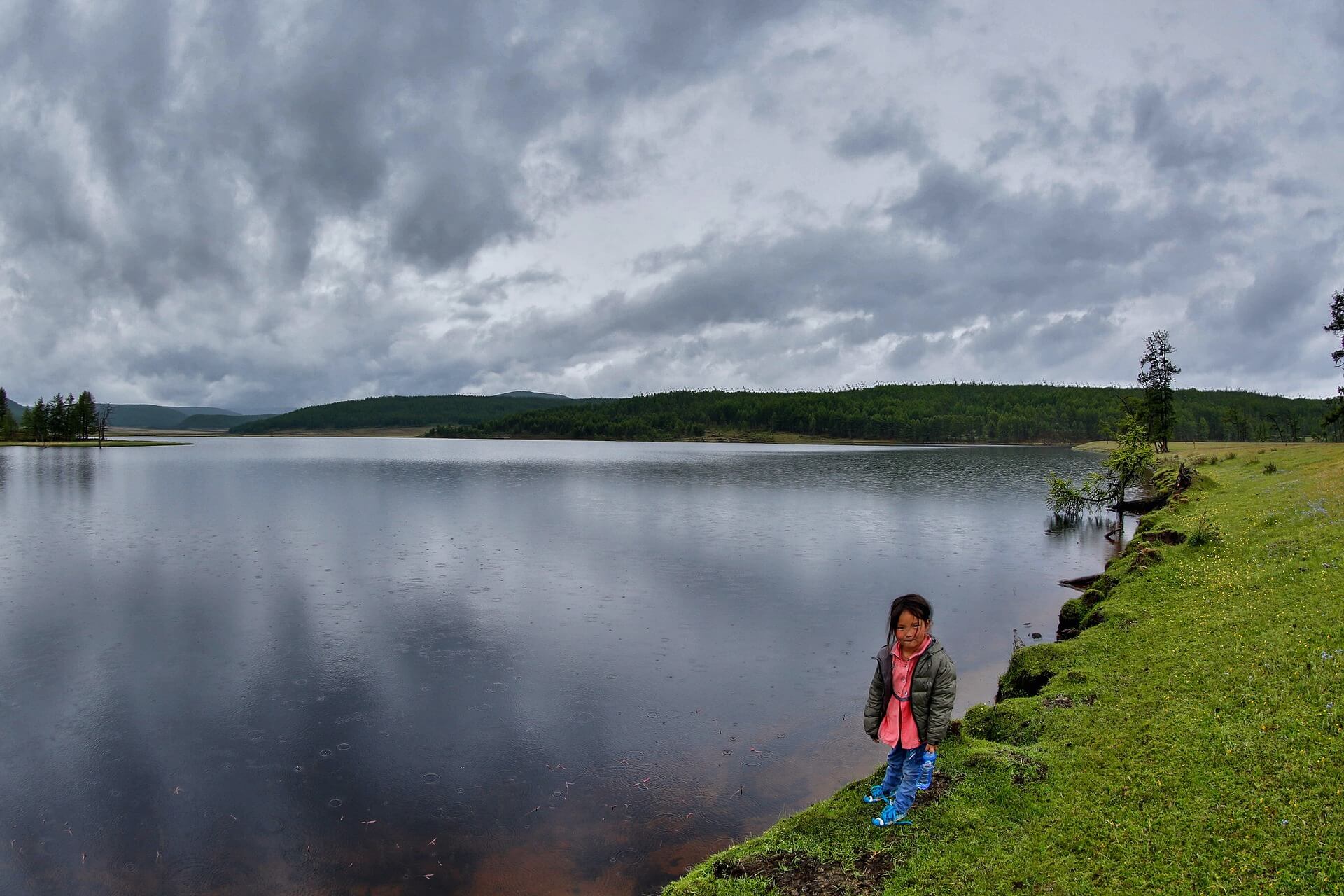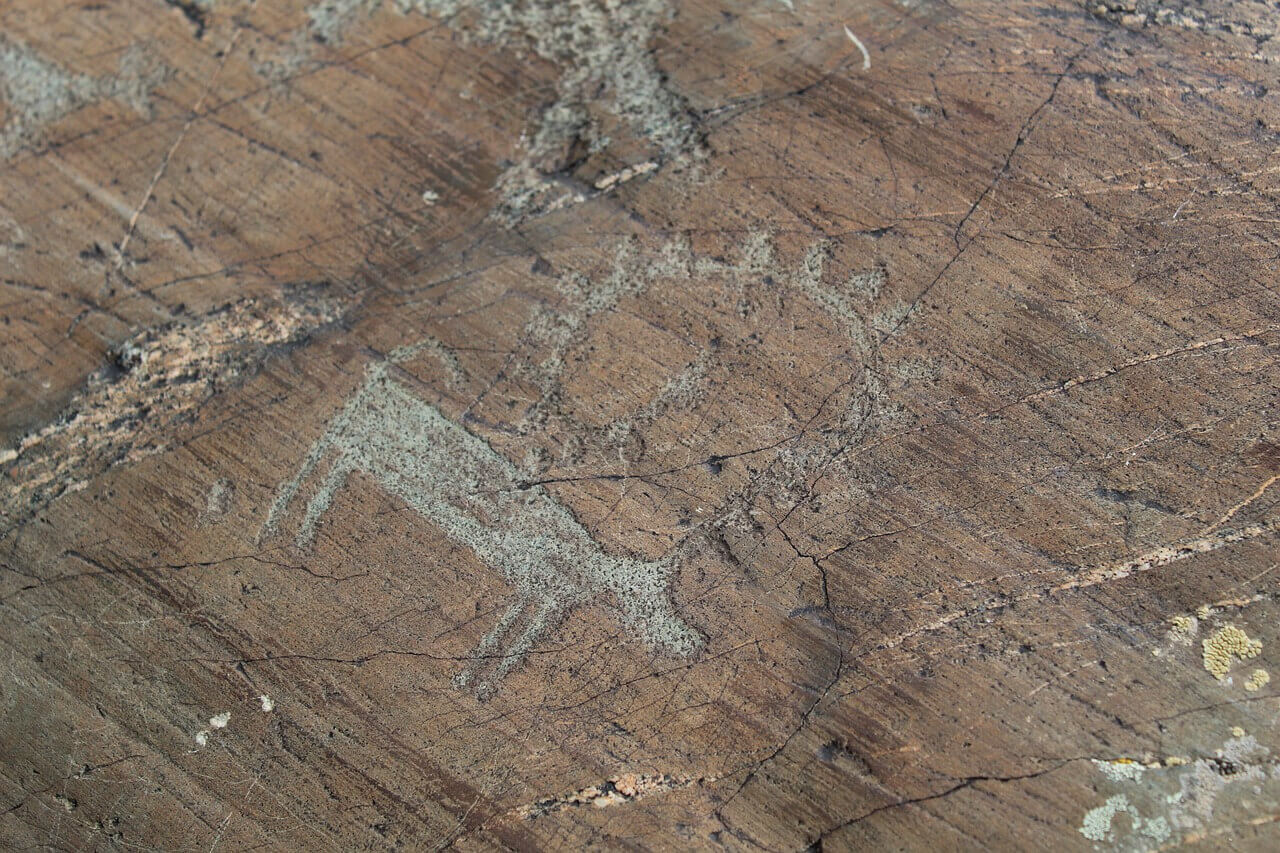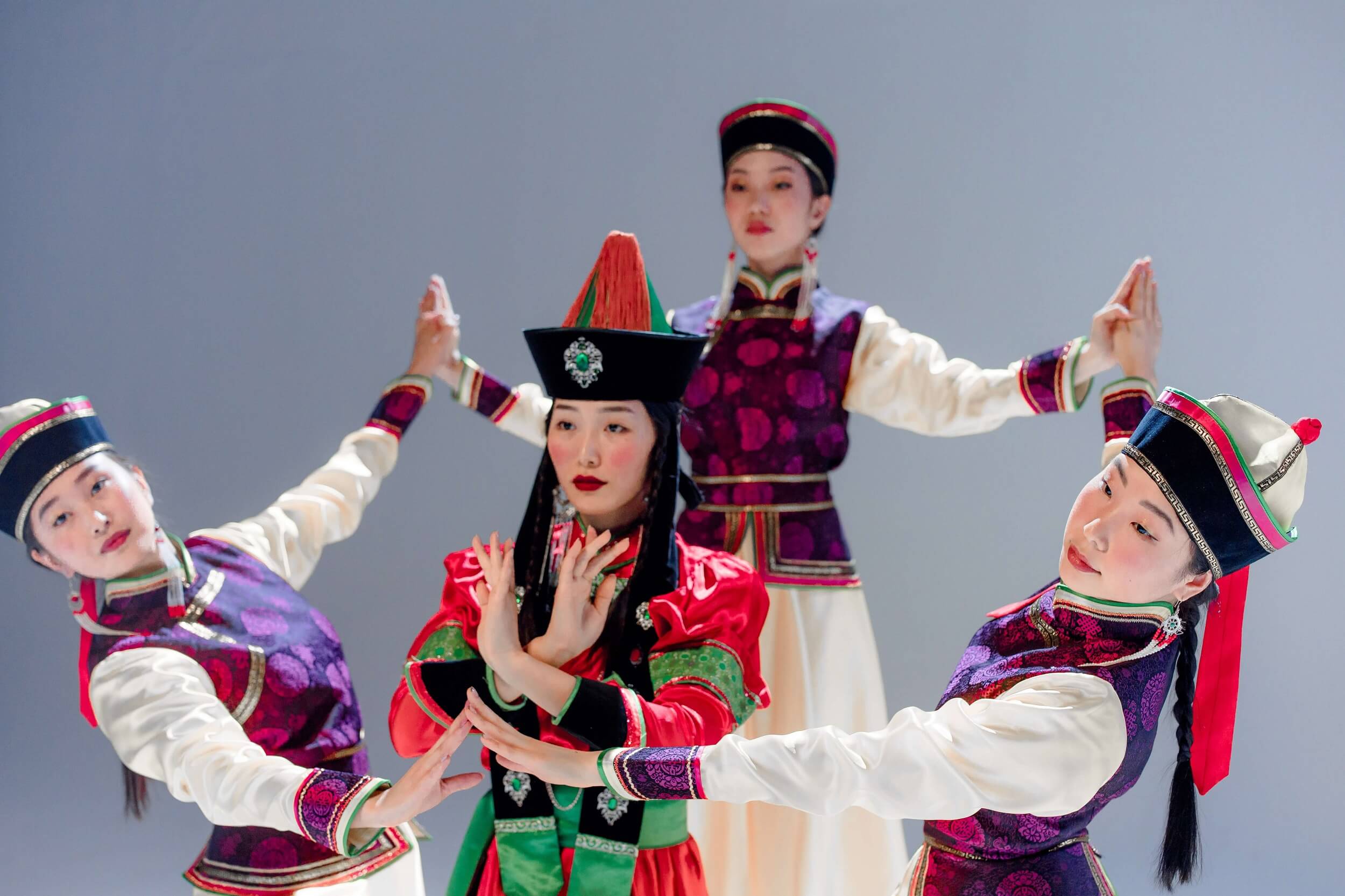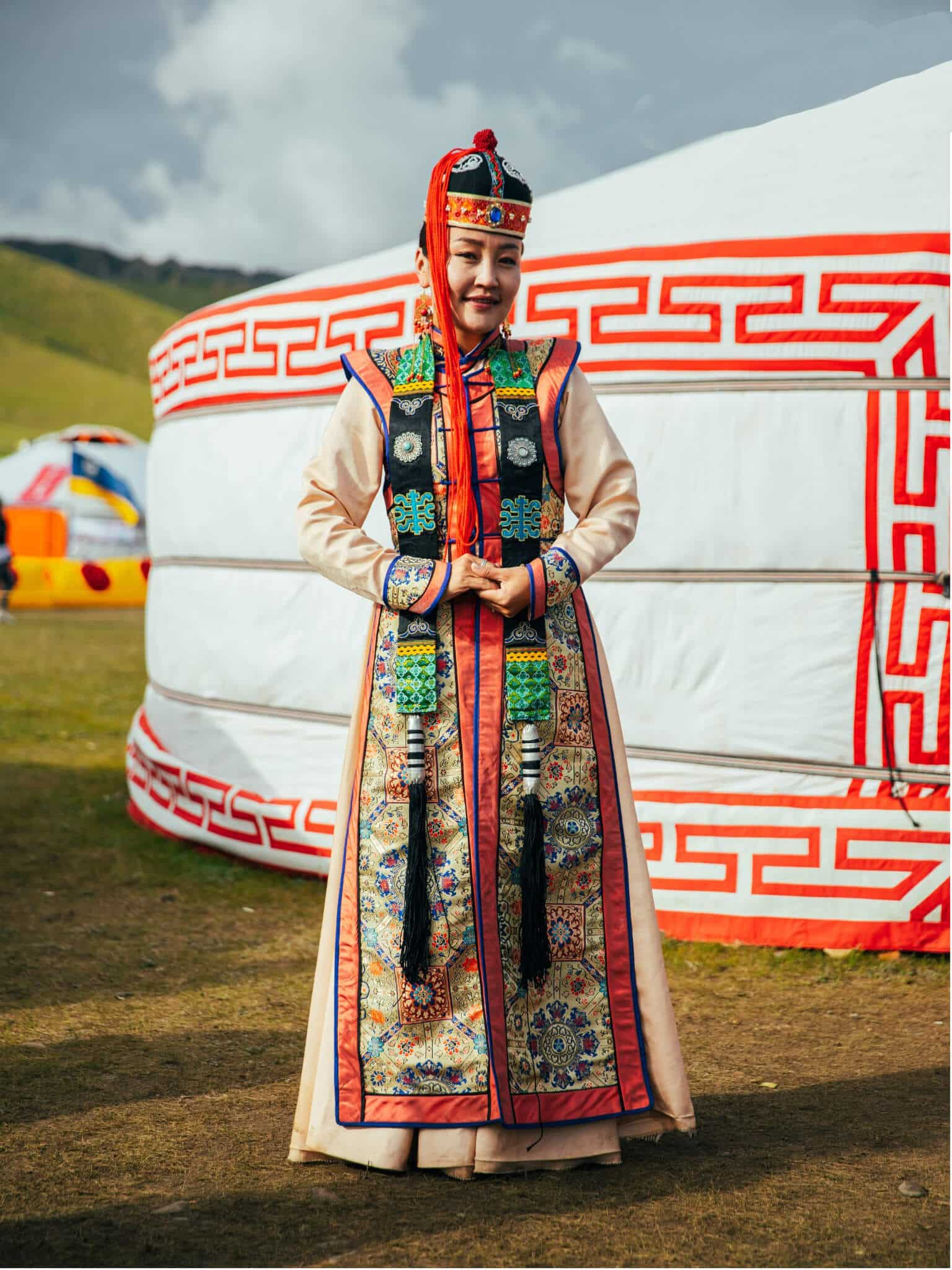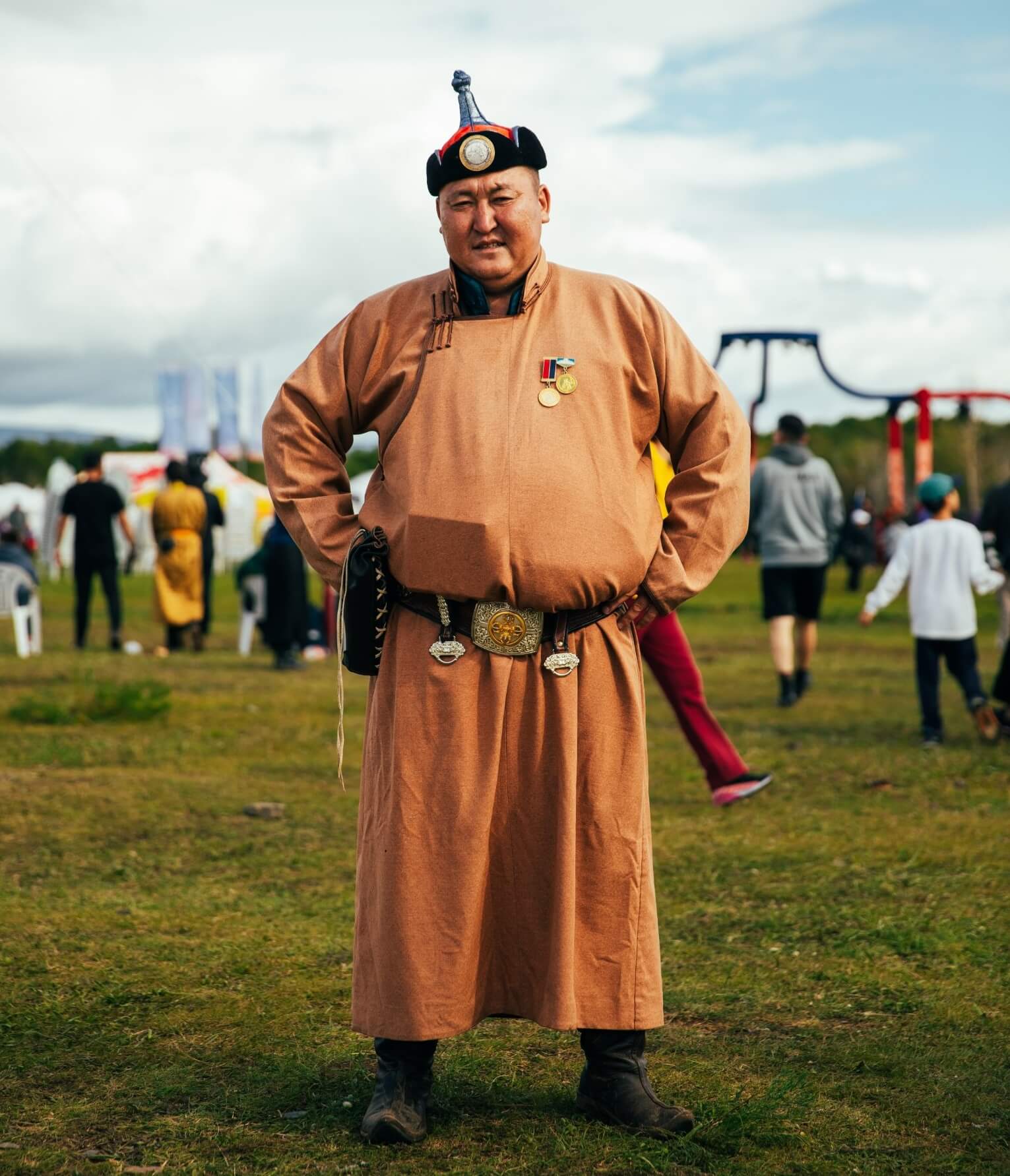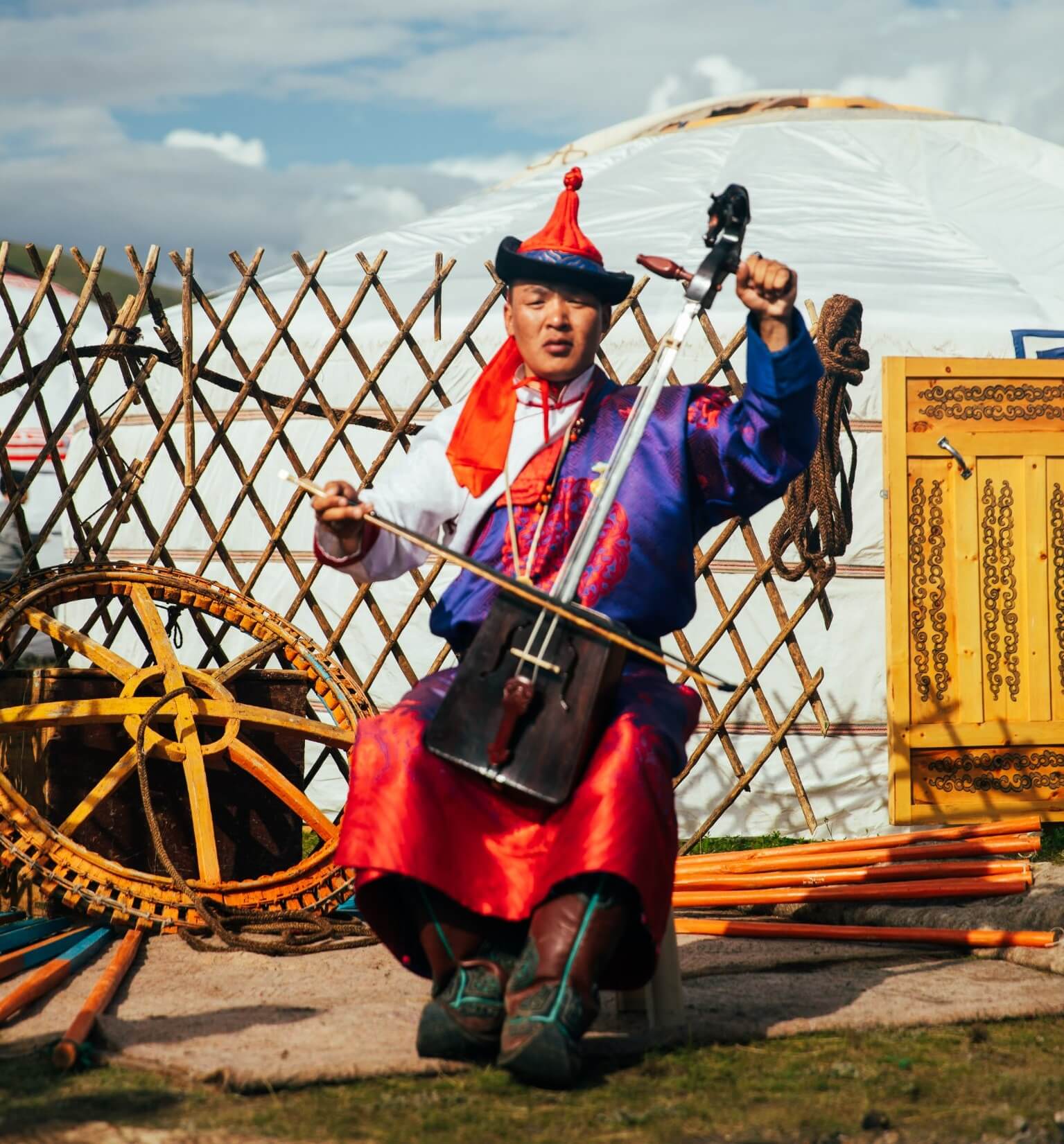Introduction of Kazakh culture:
Kazakh culture, it’s like this beautiful tapestry woven with threads of history and tradition. Nestled in the heart of Central Asia, it’s this amazing mix of nomadic roots, Islamic influences, and the ancient Silk Road vibes.
And let me tell you, it’s got it all – the language that sings, food that’s a taste explosion, some unique customs that’ll make you smile, and these vibrant celebrations that’ll light up your soul.
So, get ready for a journey straight into the heart and soul of Central Asia!

Historical Connections:
The historical ties between Mongolian and Kazakh cultures are fascinating. Now, picture this: both Mongolian and Kazakh cultures go way back with their nomadic roots.
They’re all about herding animals and being absolute pros at horseback riding. Because they’ve been living such similar lifestyles, it’s only natural that they’ve ended up with a bunch of things in common, like shared customs and traditions.
You won’t believe how cool this part of history is: Genghis Khan and his Mongol Empire were like the ultimate bridge builders between these two cultures.
Genghis Khan, born in what’s now Mongolia, united Mongol tribes and initiated a colossal conquest across Eurasia.
This conquest had a substantial impact on Kazakhstan, as the Mongol Empire extended into this region. As a result, Mongolian and Kazakh cultures intertwined through language, cuisine, and governance.

Cultural Elements:
Language serves as a key indicator of the blended Mongolian and Kazakh cultures. While Mongolia’s official language is Mongolian, a member of the Mongolic language family, Kazakhstan’s official language is Kazakh, a Turkic language.
Although distinct, these languages share some similarities due to historical interactions, especially in regions where both communities coexist.
Cuisine is another realm where the two cultures converge. Both Mongolian and Kazakh cuisines feature hearty dishes suited for sustaining nomadic lives.
Both cultures are big fans of meat, especially mutton and horse meat. They’re like the go-to options in their kitchens.
Traditional dishes like Mongolian buuz (dumplings) and Kazakh beshbarmak (boiled meat and pasta) exemplify this culinary overlap. Additionally, both cultures highly value dairy products like fermented mare’s milk (kumis).
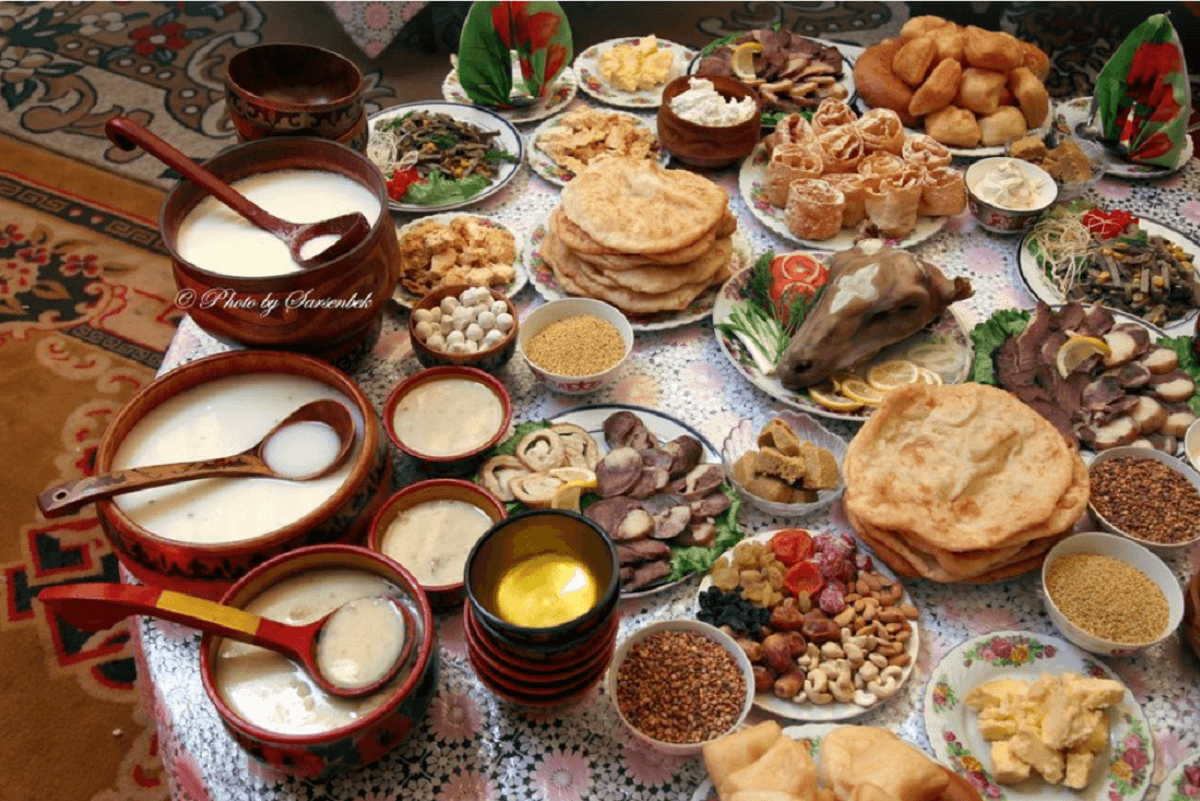
Traditional clothing also reflects the cultural blend. Mongolian traditional attire, known as “deel,” typically consists of a long robe with a distinctive sash.
In contrast, Kazakh traditional clothing often includes embroidered garments, fur hats, and intricate patterns.
In regions where these cultures intersect, people may wear clothing inspired by both traditions, showcasing the blending of Mongolian and Kazakh customs.
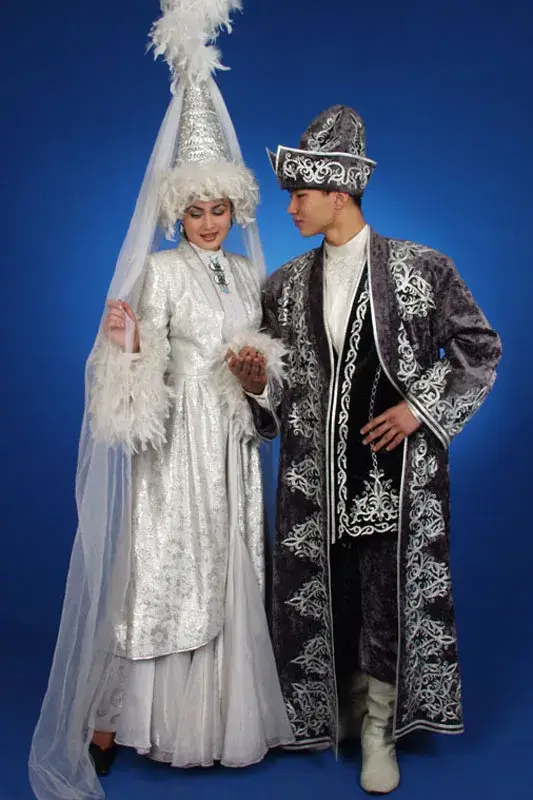
Contemporary Expressions:
Today, this captivating blend of Mongolian and Kazakh cultures is still going strong, especially in places where both communities live side by side.
Festivals and celebrations provide an excellent platform for displaying this harmonious blend of traditions.
The Naadam Festival in Mongolia and the Nowruz Festival in Kazakhstan, for instance, feature elements from both cultures, including traditional games, music, and dances.
The arts and music scene also play a pivotal role in expressing this cultural intersection.
Traditional throat singing, a unique musical style found in both Mongolia and Kazakhstan, has gained international recognition.
You know what’s cool? Artists from these areas often mix things up from both cultures in their work, making this unique blend of music and art that’s totally their own.
In the end:
The coming together of Mongolian and Kazakh cultures in Central Asia is pretty amazing.
You know, it’s pretty incredible when you think about it, right? This blend of cultures is like living proof of just how wonderful cultural diversity can be.
It’s like those ancient nomadic traditions are still going strong, even in today’s world.
Whether we’re chatting about their fascinating history or how they show themselves through language, food, and art right now, it’s a reminder that traditions have this awesome ability to change and grow, welcoming new ideas and influences along the way.
This special blend still keeps people intrigued and inspired, showing us how amazing cultural mixing can be and how working together can make wonderful things happen.

